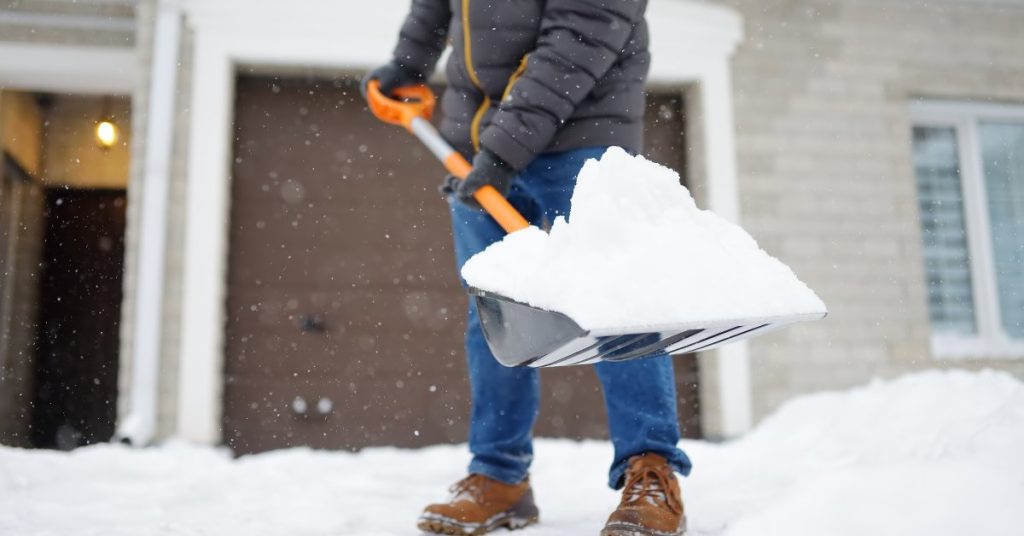Winter is one of the harshest seasons, and it can do major damage to your home’s exterior if you don’t take proper precautions. Freezing temperatures, ice, and snow create conditions that can damage siding, roofs, gutters, and walkways. By taking time to learn how to prepare your home’s exterior for winter, you can protect your investment and prevent the need for repairs when spring arrives.
Inspect and Clean Your Gutters
Gutters experience a lot of use in the winter by channeling melting snow and ice away from your home’s foundation. Clogged gutters create a lot of problems, and these blockages are especially rough on your roof if the melted snow has nowhere to go.
It’s important to remove all leaves, twigs, and debris from your gutters before the first freeze. Check for loose brackets or sagging sections that need repair, and consider installing gutter guards to reduce future maintenance needs. Make sure your downspout directs at least six feet away from your foundation.
You can test your gutters by running water through them with a garden hose before the snow and ice come in. Make sure the water flows from the downspout without pooling or overflowing. If you catch any leaks in your gutter, fix them with gutter sealant, or replace the damaged sections entirely.
Protect Your Walkways and Driveway
Ice-covered walkways pose serious safety risks for your family and visitors. You can apply a concrete sealer to protect your walkways and driveways from the freeze-thaw cycles that often lead to cracking. Applying a layer of concrete caulking can help with snow removal and prevent melted snow from getting into the cracks around your foundation.
Winterize Your Exterior Plumbing
One of the best ways to prepare your home’s exterior for winter is by protecting your plumbing. Frozen pipes can burst and lead to thousands of dollars in damages. Before freezing temperatures set in, you should shut off your water supply to outdoor faucets, and make sure you drain any remaining water from the lines. Disconnect and store garden hoses in an enclosed area such as your garage or basement. Even frost-proof faucets can fail if you don’t disconnect the hose.
Insulate exposed pipes in unheated areas such as crawl spaces or garages using foam pipe insulation. Wrap outdoor faucets with insulated covers designed specifically for this purpose.
Maintaining a safe and secure home is all about performing some prep work before the weather gets too rough. Understanding the risks and installing some safeguards will help you keep your home in good condition during even the harshest snowfall.






